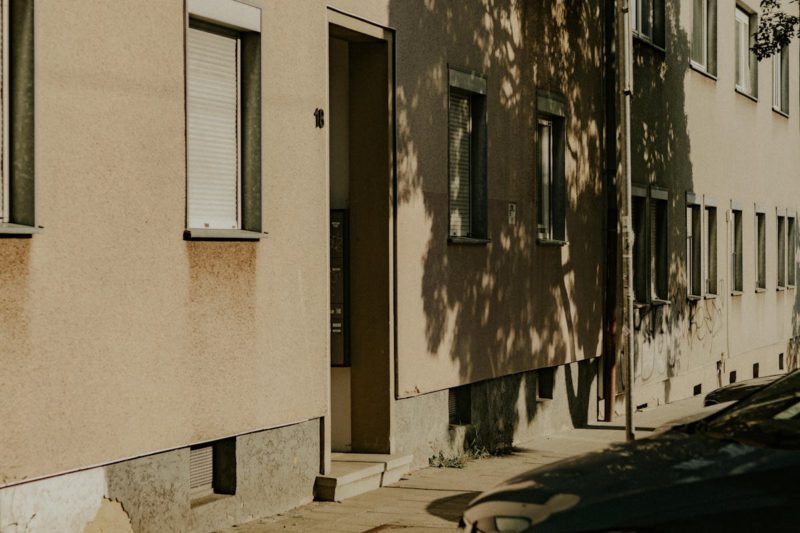Cities tell stories through the spaces we shape, from memorials melbourne lasting tributes that honour collective memory to vibrant street art.
Architects balance style and function by specifying Aluminium battens versatile design that screen light while adding rhythm.
Equally, landscapers enliven pavements by exploring concrete paint colours inspiration that turn grey slabs into canvases.
Together, these choices reveal how tangible elements quietly influence how we move, feel and remember.
The Language of Materials
Every material carries an accent formed by geology, chemistry and craft. Granite speaks of permanence, holding cool breezes even on a hot January afternoon. Timber evokes warmth and ageing gracefully, softening acoustics inside echo-prone halls. Aluminium brings a modern lightness—sleek lines that don’t rust in coastal air yet still frame sunsets with crisp definition. Concrete, once dismissed as dull infrastructure, has evolved into a chameleon; admixtures can lighten its weight, pigments can brighten its tone and surface treatments can mimic stone or silk. When designers understand this vocabulary, they write spaces that communicate without words.
Honouring Memory in Public Realms

Monuments do more than mark a spot on a tourist map; they anchor stories in the public conscience. A carefully carved stone plinth at a suburban intersection might commemorate a volunteer firefighter, while an abstract sculpture beside the Yarra could invite reflection on migration. In each case, material selection shapes the emotional register. Dense igneous rock withstands generations of touch, making ritual gestures—placing flowers, tracing names—safe from erosion. A polished finish reflects the sky, reminding passers-by that remembrance exists alongside everyday life rather than apart from it. Lighting strategies then extend those messages into night-time, turning granite veins into gentle constellations.
Sustainable Aesthetics and Lifespan Thinking
Beauty loses its charm if it demands constant resource-heavy upkeep. Fortunately, advances in fabrication allow designers to favour longevity without sacrificing flair. Powder-coated aluminium resists salt spray for decades; sacrificial clear coats slow graffiti absorption on raw concrete; bio-sealants formulated from soy esters replace petrochemical repellents. Even monuments can be sustainable: recycled copper lettering develops a protective patina that halts further corrosion, and reclaimed bluestone paving can be engraved rather than quarried anew. Each decision nudges the built environment toward circular use, keeping charm high and maintenance budgets low.
The Role of Colour in Collective Emotion
Colour, though intangible, changes the temperature of a street the way shade from a plane tree lowers asphalt heat. Pigmented sealers applied to footpaths can signal play zones for children or guide low-vision pedestrians with high-contrast cues. Subtle terracotta tones on retaining walls warm south-facing courtyards, countering Melbourne’s winter greys, while cool greens on perimeter kerbs visually extend adjacent parkland. Importantly, durable concrete coatings now match the fade resistance once reserved for automotive finishes, ensuring that planned palettes remain true despite ultraviolet exposure. When colour strategy aligns with way-finding and placemaking, a previously anonymous laneway can transform into a destination.
Integrating Craft and Community
The most successful urban interventions invite participation rather than passive observation. Slatted aluminium screens can double as bike racks when spaced thoughtfully. Concrete planters pigmented with cheerful hues give neighbourhood gardeners a canvas for native violets and saltbush. Memorial forecourts equipped with QR codes let visitors hear oral histories through their phones, layering digital narratives atop tactile stone. These integrations rely on early stakeholder workshops—planners, fabricators, residents—so practical needs and poetic ambitions converge. The result is infrastructure that absorbs daily use while keeping its symbolic power intact.
Technology’s Quiet Revolution
Behind every visually pleasing façade lies a suite of digital tools guiding tolerances to the millimetre. Parametric modelling allows designers to tweak louvre spacing and daylight penetration in real time, ensuring summer shade without winter gloom. Additive-manufacturing techniques now print concrete components infused with colour granules during the pour, reducing waste from post-installation painting. QR-coded supply chains trace stone from quarry to site, certifying ethical extraction and enabling future reuse. Even maintenance has gone smart: embedded sensors measure surface alkalinity in heritage masonry, alerting custodians before micro-cracks spread. Such invisible tech keeps the visible city resilient.
Economic and Social Dividends
Investing in durable, thoughtful materiality is not a luxury; it is an economic strategy. Retail strips with cohesive palettes attract longer dwell times, boosting local turnover. Memorial precincts become cultural anchors, leading to adjacent café clusters and artisan markets. Well-shaded footpaths reduce heat-related health costs, while coloured bike lanes encourage active transport, easing pressure on road budgets. When communities witness tangible returns—reduced graffiti, increased footfall, civic pride—they champion future upgrades instead of resisting them. Thus, each carefully selected batten, tint or stone block yields compound interest for decades.
A Future of Adaptive Reuse
As density increases, the next frontier is retrofitting existing fabric rather than defaulting to demolition. Stone panels can be cut into new memorial seats; anodised screens can be dismounted and re-coated in tones that suit evolving brand identities. Concrete floors, once glossy, can be diamond-ground to expose aggregate, offering a new look without fresh raw materials. This approach extends the narrative life of buildings, weaving present requirements into earlier chapters rather than starting a separate volume. Policy incentives—density bonuses for adaptive projects, grants for heritage pattern books—will accelerate this shift toward conservation-led progress.
Conclusion
Material decisions echo far beyond the drafting board. They sculpt how cities remember heroes, how commuters navigate daylight, and how families feel welcome in public squares. By pairing enduring stone with lightweight metals and carefully curated pigment, designers write a layered text that residents read through footsteps, glances and weekend rituals. The next time you pause at a riverside monument or admire the rhythmic shadow of a louvred façade, consider the chain of choices—from quarry to kiln, from pigment lab to local council vote—that brought that experience to life. In understanding those choices, we gain a deeper appreciation for the silent dialogue between materials, memory and urban living—one that continues to evolve with every project yet remains rooted in a timeless human desire: to belong somewhere beautiful, meaningful and built to last.


